 https://california-business-lawyer-corporate-lawyer.com/wp-content/uploads/2025/12/Is-Weight-Discrimination-Illegal-in-California-A-Clear-Look-at-Protections-Risks-and-Employer-Duties.jpg
803
1196
Amit
http://california-business-lawyer-corporate-lawyer.com/wp-content/uploads/2022/05/Nakase-Wade-logo-transparent-200x54px.png
Amit2025-12-19 12:36:022025-12-19 12:36:04Is Weight Discrimination Illegal in California? A Clear Look at Protections, Risks, and Employer Duties
https://california-business-lawyer-corporate-lawyer.com/wp-content/uploads/2025/12/Is-Weight-Discrimination-Illegal-in-California-A-Clear-Look-at-Protections-Risks-and-Employer-Duties.jpg
803
1196
Amit
http://california-business-lawyer-corporate-lawyer.com/wp-content/uploads/2022/05/Nakase-Wade-logo-transparent-200x54px.png
Amit2025-12-19 12:36:022025-12-19 12:36:04Is Weight Discrimination Illegal in California? A Clear Look at Protections, Risks, and Employer Duties
By: Douglas Wade, Attorney
Email | Call (800) 484-4610
Sexual harassment can occur in a number of ways. There is no particular way the harassment must occur to allow the employee to report it. Sexual harassment is simply unwanted sexual advances of a verbal or physical nature. Sexual harassment is particularly harmful if it affects the employment of the victim.
Examples of Sexual Harassment in the Workplace
The EEOC defines sexual harassment in its laws as recurrent or particularly severe unwanted sexual advances that create a hostile work environment or negatively affect the employment of the victim. Sexual harassment can occur amongst any genders and sexual orientations; it is equally damaging.
Examples of illegal workplace sexual harassment:
- Gender discrimination
- Requests for sexual favors
- Sexual comments
- Inappropriate jokes
- Sexual innuendos
- Pressure for dates or sex
- Whistling or cat calls
- Unwanted touching or grabbing
- Unwelcome communication of a sexual nature
- Obscene sexual gestures or expressions
- Unwanted sexual teasing
- Sexual assault
- Unwelcome sexual advances
- Attempted rape
As you can see from the above list, non-verbal, verbal, and physical conduct can count as sexual harassment. Even looks and gestures that create a hostile work environment count as sexual harassment. If you are in doubt about repeated behaviour, discuss it with your HR department and give them the opportunity to support you. If HR does not resolve the problem, then book a free consultation with an employment lawyer.
Filing a Sexual Harassment Claim
Your first step to dealing with sexual harassment is always to file a complaint with HR. If they do not resolve the issue, then you need to file a claim with the EEOC. You must file a complaint with the EEOC within 180 days of the occurrence of sexual harassment. So it is important to file sooner rather than later. If the sexual harassment is ongoing, then the 180-day deadline is from the most recent occurrence.
The EEOC will send an investigator to the workplace to look into the claim. They may check HR files and interview any people who may have witnessed any of the sexual harassment. If the EEOC finds that your complaint is valid, they will attempt to resolve the case through mediation. Mediation is run by a neutral third party who facilitates an open discussion between the employee and employer to find an acceptable resolution. If the mediation is unsuccessful, an investigator will look into the case further. If they find laws that are broken, they may try the case on your behalf; if not, they may issue a right to sue letter. You should retain a California employment attorney so you can seek legal advice throughout the process. They will be able to give you information about the EEOC investigation and how to best present your case.
Nakase Wade Employment Attorneys
The employment attorneys at Nakase Wade have decades of experience in employment law and have helped a number of victims of sexual harassment find justice. We have a deep understanding of sexual harassment and anti-discrimination laws at the local, state, and federal level. Contact us today to book a free consultation so we can advise you on how to best handle your situation. Our attorneys understand the need for sensitivity and confidentiality in sexual harassment cases and will be sympathetic to your story.
Learn more about: Business | Corporate | Employment
See all articles: Business | Corporate | Employment
 https://california-business-lawyer-corporate-lawyer.com/wp-content/uploads/2025/12/Is-Weight-Discrimination-Illegal-in-California-A-Clear-Look-at-Protections-Risks-and-Employer-Duties.jpg
803
1196
Amit
http://california-business-lawyer-corporate-lawyer.com/wp-content/uploads/2022/05/Nakase-Wade-logo-transparent-200x54px.png
Amit2025-12-19 12:36:022025-12-19 12:36:04Is Weight Discrimination Illegal in California? A Clear Look at Protections, Risks, and Employer Duties
https://california-business-lawyer-corporate-lawyer.com/wp-content/uploads/2025/12/Is-Weight-Discrimination-Illegal-in-California-A-Clear-Look-at-Protections-Risks-and-Employer-Duties.jpg
803
1196
Amit
http://california-business-lawyer-corporate-lawyer.com/wp-content/uploads/2022/05/Nakase-Wade-logo-transparent-200x54px.png
Amit2025-12-19 12:36:022025-12-19 12:36:04Is Weight Discrimination Illegal in California? A Clear Look at Protections, Risks, and Employer Duties
Can I Refuse to Sign a Written Warning at Work?
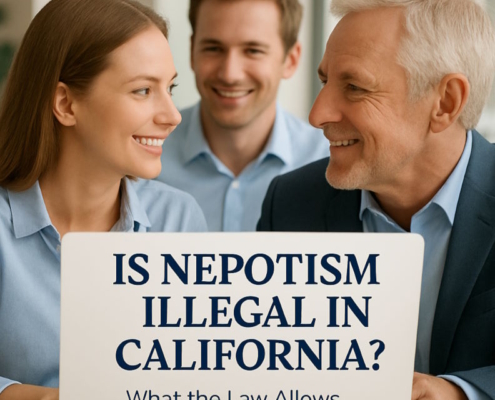
Is Nepotism Illegal in California? What the Law Allows and Prohibits

Salary Requirements California: Minimum Pay, Exempt Status, and Overtime Rules

Borello Test Explained: Worker Classification Rules in California
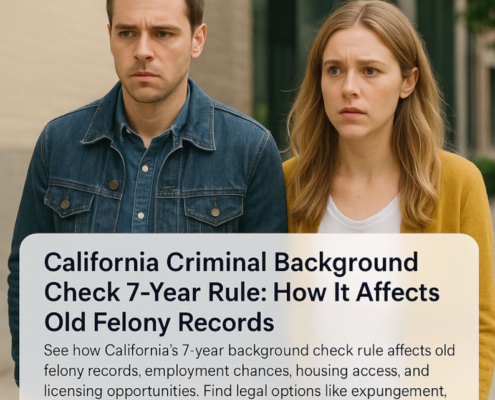
California Criminal Background Check 7-Year Rule: How It Affects Old Felony Records

How to Get Your Guard Card in California: Training, Steps, and Requirements
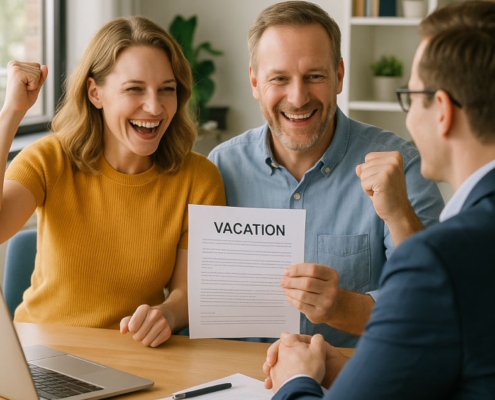
Vacation Pay for Salaried Employees in California: Rights, Accrual Rules, and Payout Requirements

California Salary Threshold 2026: Minimum Wage Increase, Exempt Employee Rules, and Compliance Checklist

How Long Do Employers Have to Keep W-2s: Record Retention Rules for Businesses

PAGA Notice Statute of Limitations: California Deadlines for Filing Claims
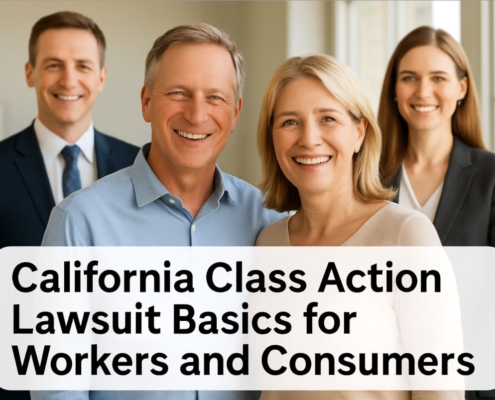
California Class Action Lawsuit Basics for Workers and Consumers

Meal Break Waiver in California: What Employees Can Agree To
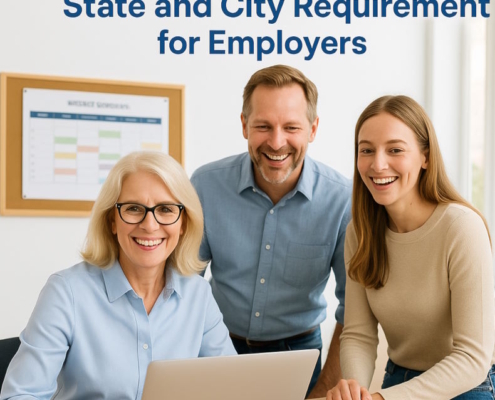
Predictive Scheduling Laws: State and City Requirements for Employers

Harassment Training Requirements California: Employer Deadlines, Who Must Train, and Refresher Rules

Inside Sales Exemption California: Rules on Pay, Breaks, and Commissions

How Many Hours Can a Volunteer Work per Day in California? Laws, Limits, and Rights Explained
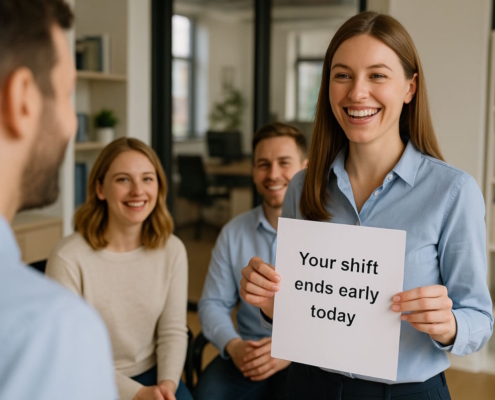
Show Up Pay California: Employee Rights for Being Sent Home Early or Given Short Shifts

Can Managers Take Tips in California? Laws, Tip Pools & SB 648

Can Owners Take Tips in California? A Complete Guide to State Tip Laws and Employee Rights
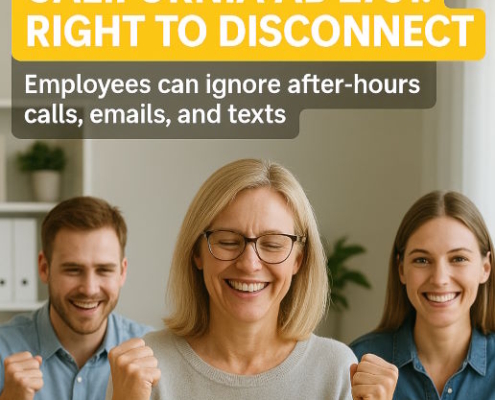
Right to Disconnect Laws in California: AB 2751 for Employers and Employees
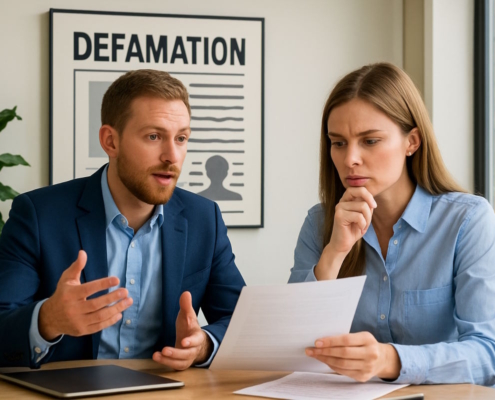
Defamation California: Key Laws, Legal Defenses, and Damages Explained

What Is a Level 1 Background Check and How It Differs from Level 2

California Vacation Rollover Law: Employee Rights, Accrued Time, and Pay Rules
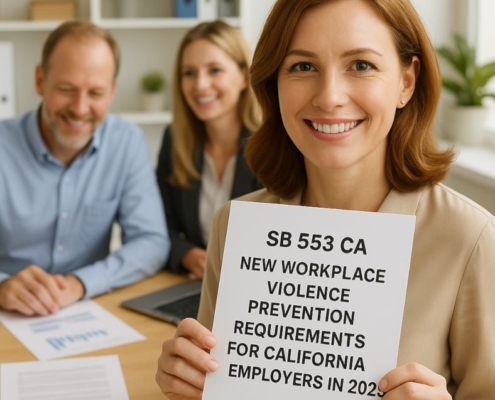
SB 553 CA: New Workplace Violence Prevention Requirements for California Employers in 2025

Labor Code 226.7: California Meal and Rest Break Requirements and Employer Penalties

Building an Onboarding Packet That Welcomes and Retains Employees

Complete Guide to New Employee Paperwork: Required Forms and Documents for 2025

Paid Time Off California: Laws, Accrual, Vacation Pay, and Employee Rights

Can employers test for THC in California for hiring and workplace safety?
See all articles: Business | Corporate | Employment
